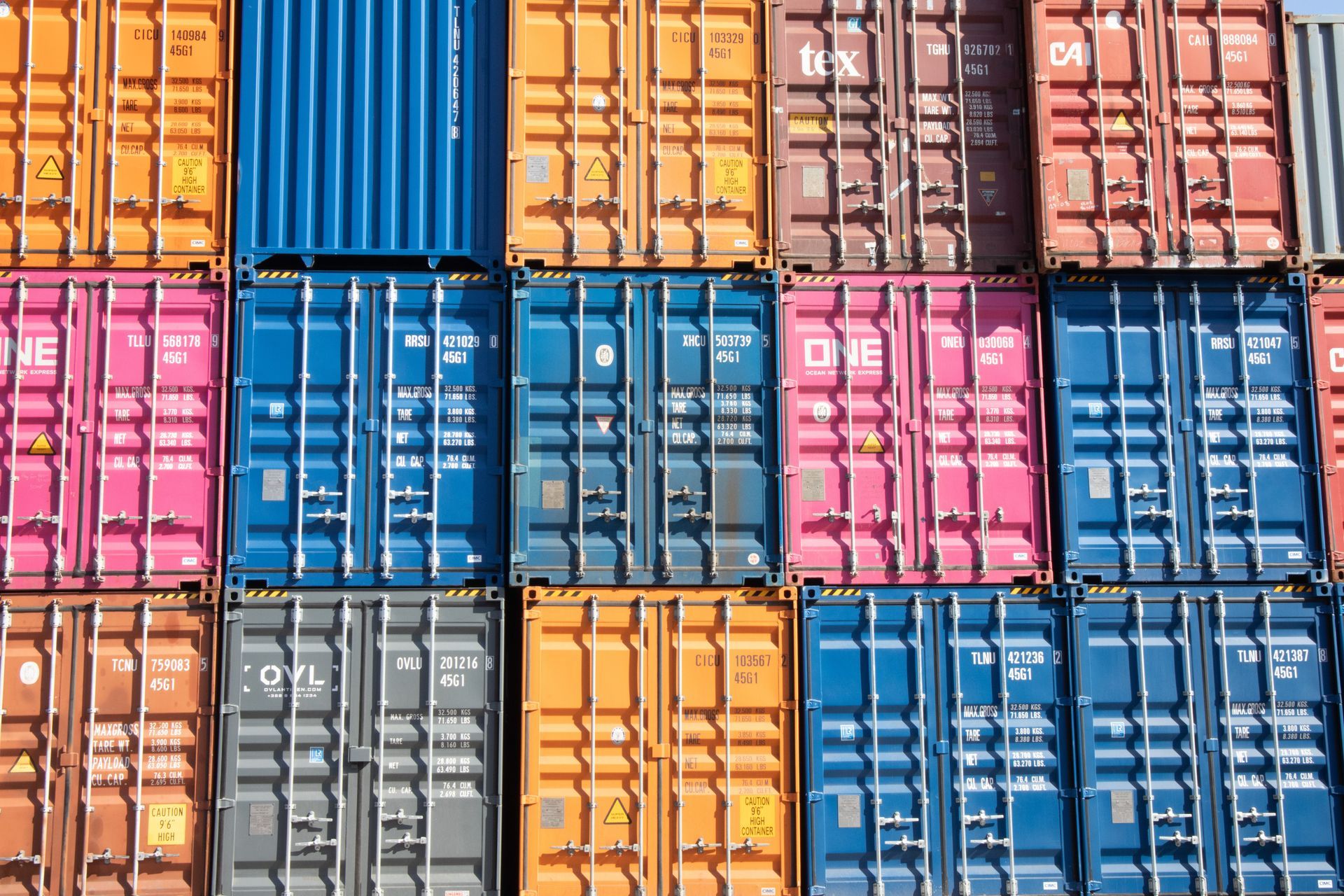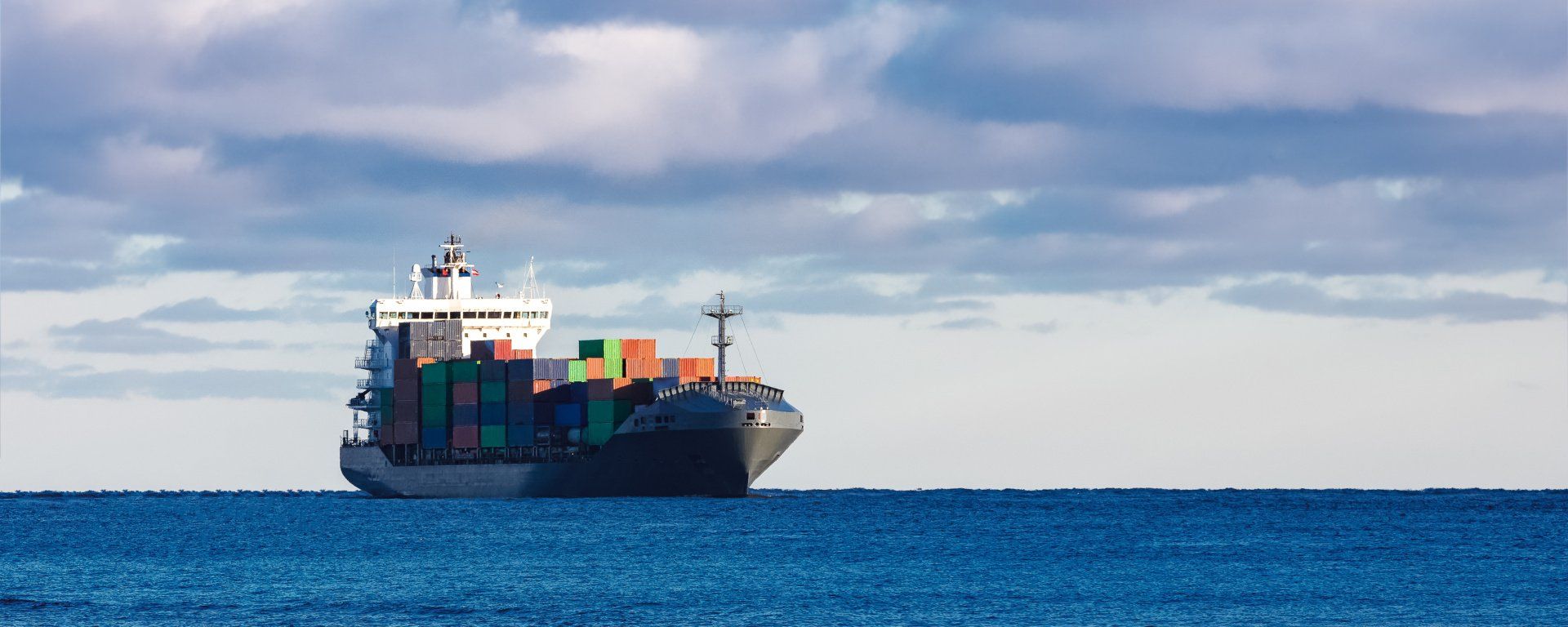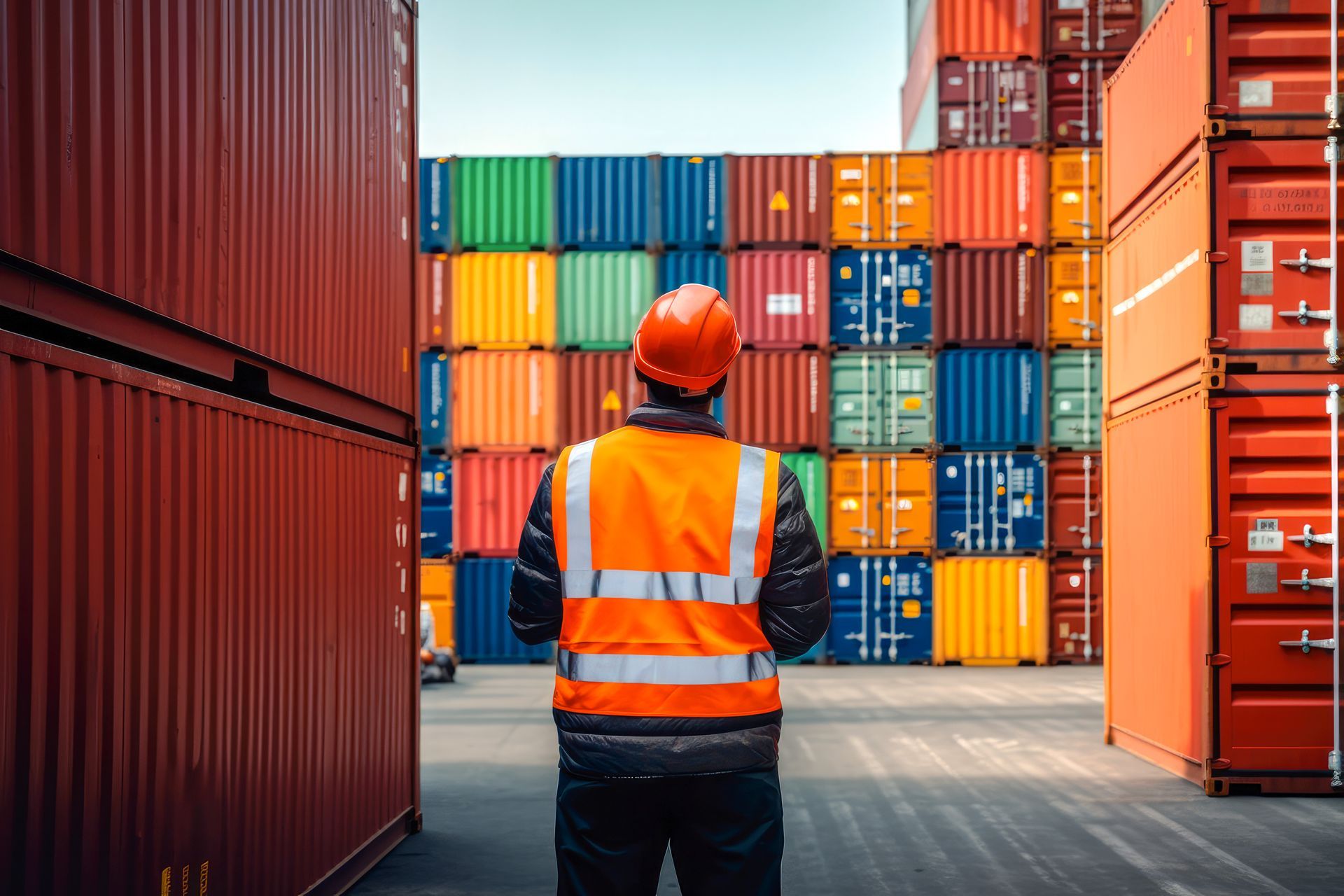Shipping Container Names Explained: Conex, ISO, Brand Names & More
Written by Susan Nalevac | December 16, 2024
In This Article:
Have you ever wondered, “What’s the difference between a Conex box and a shipping container?” or “Why are there so many names for shipping containers?” This guide dives into the terminology and history behind these essential steel boxes, helping you navigate the world of shipping and storage solutions.
Whether you call them Conex shipping containers, ISO containers, or simply cargo boxes, these versatile, cost-effective solutions have become vital to transporting goods and ensuring supply chain efficiency. Here’s everything you need to know.
Common Container Names and Terms
Shipping containers go by many names depending on their use and industry. Some of the most common terms include:
- Conex containers
- Storage containers
- Sea containers, Sea Can or C can
- ISO boxes
- Ocean containers (Freight containers)
These terms often refer to the same core product—large, durable metal shipping boxes designed for shipping, storage, and more. Their names can hint at their origins, materials, or specific uses.
The Conex Connection
The term "Conex" originated during the Korean War and later gained prominence in the Vietnam War. The Conex box was a smaller, modular cargo container used by the U.S. Army for efficient transportation and organization of supplies. These early models paved the way for today’s intermodal containers, which are standardized for long-distance and international use.
Though modern Conex boxes have evolved, the name persists, often used interchangeably with shipping containers, especially in the United States.
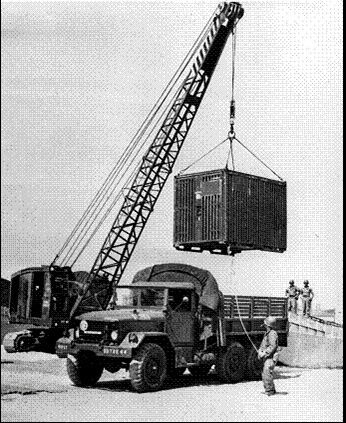
Conex vs. Shipping Containers: What's the Difference?
The terms Conex shipping container and shipping container are often used interchangeably. However, Conex refers historically to military-use containers, while shipping containers typically describe the standardized ISO containers we see today.
Key Similarities:
- Both are durable, steel structures.
- Both can store or transport goods over long distances.
Key Differences:
- Conex boxes were originally smaller and specific to military logistics.
- Shipping containers now dominate global trade and come in standard sizes for universal compatibility.
Intermodal Shipping Containers
Today’s shipping containers, also called intermodal containers, are built for seamless transportation across ships, trucks, and trains without unloading or reloading cargo. This ability to move between modes makes them essential to global logistics.
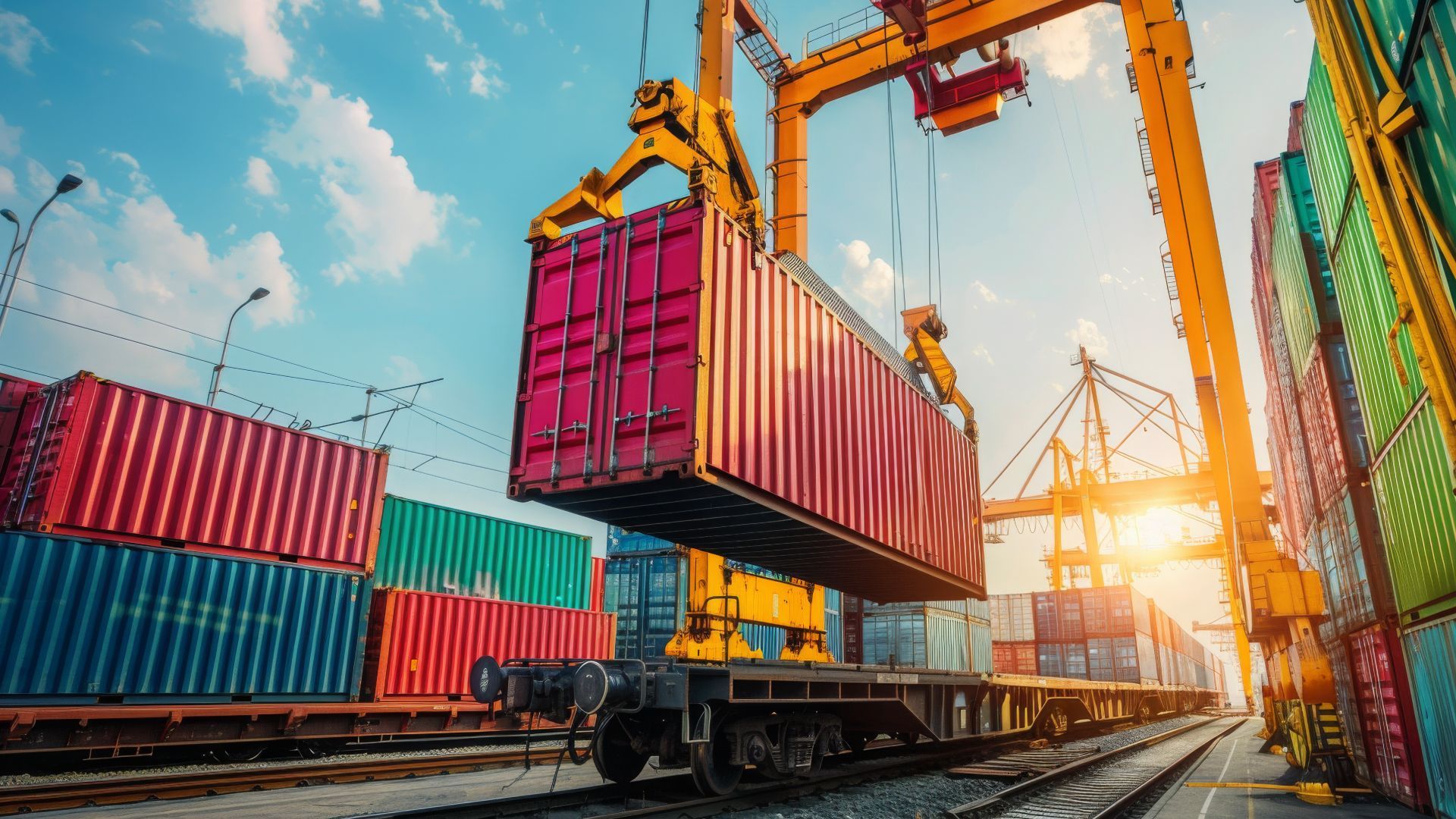
Key Features
- Material: Most are made of corten steel, known for its durability and weather resistance. As a result, these containers are set up for long-term use, even in harsh conditions.
- Sizes: Standard sizes include 20-foot, 40-foot, and 40-foot high cube containers, enabling efficient stacking and loading.
Modern shipping containers are designed to meet standards set by the International Organization for Standardization (ISO), ensuring compatibility and safety across the global supply chain.
ISO Containers: A Standard for the World
The acronym ISO stands for the International Organization for Standardization, which sets the guidelines for shipping container design.
ISO certification guarantees every container adheres to strict specifications for size, capacity, and durability. This makes them suitable for long-distance transport and loading and unloading.
When a container is ISO-certified, it meets international safety and operational standards, giving businesses peace of mind when shipping goods worldwide.
Brand Names on Shipping Containers
If you’ve ever seen a shipping container with logos like MSC, Maersk, or Hapag-Lloyd, you’re looking at a branded container. Large shipping companies use these containers to transport goods globally.

Some of the top shipping companies with branded containers include:
Mediterranean Shipping Company (MSC)
Maersk
CMA
CGM
COSCO
Shipping Lines
Hapag-Lloyd
Evergreen Marine Corp
HMM
After years of use, many are retired and sold to wholesaler shipping container companies like Container Management, Inc., where they find new life as storage solutions or shipper-owned containers (SOCs) for private use.
Ocean Export
For businesses involved in international trade, shipping containers are an essential tool for cargo shipping. Companies that wish to own their own containers, known as Shipper-Owned Containers (SOCs), can purchase ISO-certified containers from trusted suppliers like Container Management, Inc.
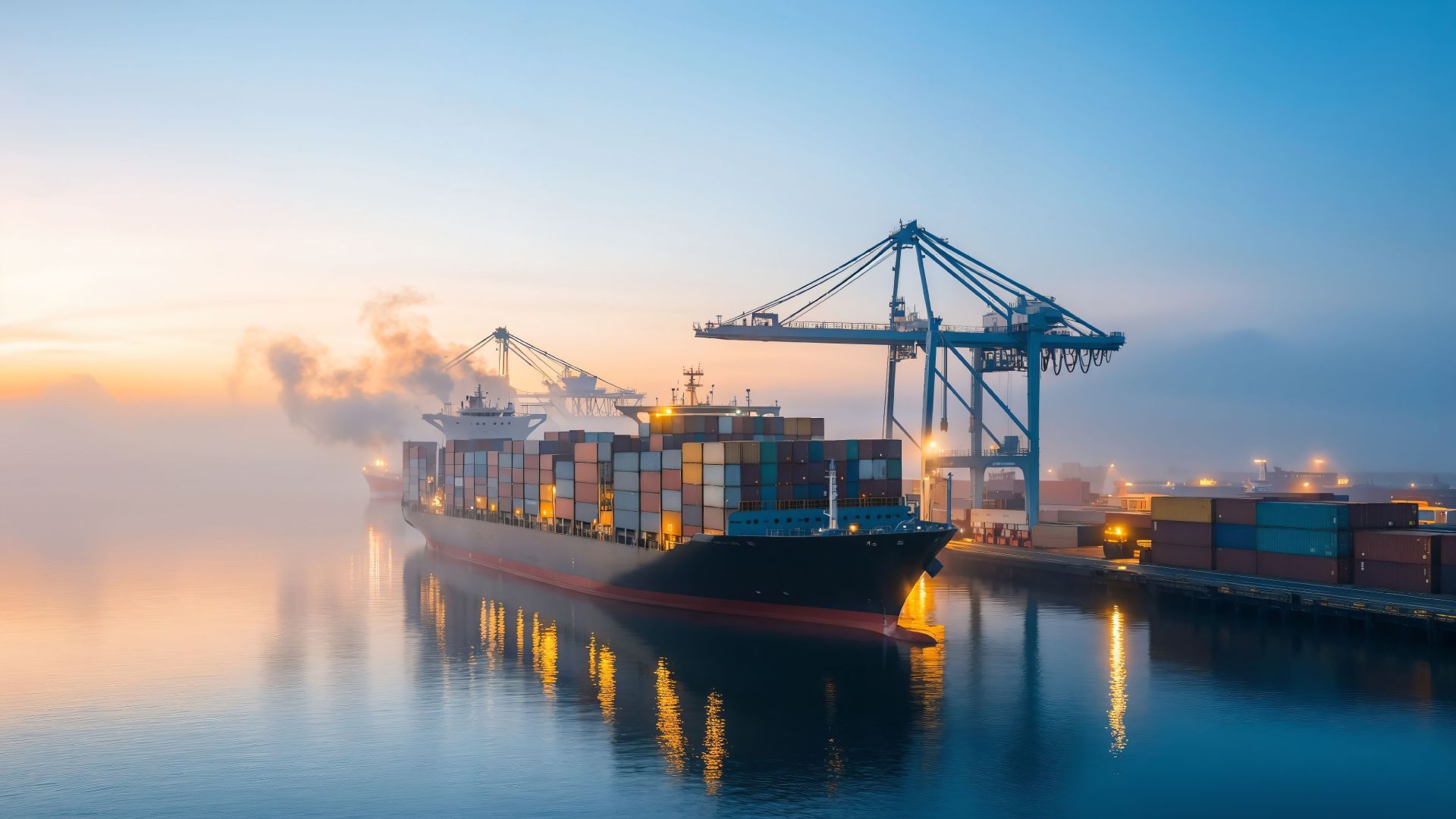
Key Features for Ocean Export:
- Corten steel construction: Ensures the container withstands harsh weather and long-distance travel.
- CSC plates: Each container includes a certification plate verifying compliance with international shipping standards.
- Third-party inspections: Licensed surveyors provide thorough inspections to certify that containers meet safety and operational requirements.
Whether you need a cost-effective solution for transporting goods or a reliable storage solution for overseas shipments, our containers are ready to meet your needs. Options include new one-trip containers or well-maintained used containers with proven durability.
Visit our Ocean Export Resource page for more information.
Shipping Containers for Storage
Once retired from shipping, containers are repurposed for ground-level storage. Therefore, many people purchase a shipping container as a secure, weather-resistant storage option.
Common uses include:
- Agriculture and farming
- Construction sites
- Office or Retail storage
- Emergency services and hospitals
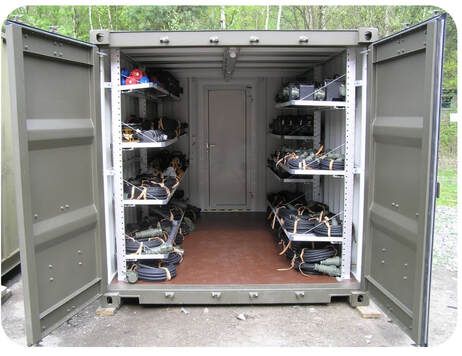
Their versatility makes them a cost-effective solution for businesses and individuals.
Why Standard Sizes Matter
Shipping container sizes are standardized to maximize space on cargo ships and facilitate easy stacking.
The most common sizes include:
- 20-foot Standard: Ideal for smaller loads and storage.
- 40-foot Standard: Great for larger shipments or long-term storage.
- 40-foot High Cube: Offers an extra foot of height for taller cargo or projects requiring more space.
For more information, check out our related article: Comparing High Cube vs Standard Shipping Containers
Durability and Materials
Shipping containers are built for strength, with walls and frames made from corten steel, also known as weathering steel. This material resists corrosion, ensuring the container’s longevity in various climates.
Choosing the Right Container
When selecting a container, consider these factors:
- Intended Use: Are you transporting goods, storing equipment, or repurposing the container?
- Condition: Containers come in different grades, from new to used. Check to make sure they meet ISO standards for your needs.
- Features: Options like double doors or custom modifications can make containers more functional for specific projects.
You can check out our
Shipping Container Buying Guide for more information.
A Solution for Every Need
Whether you need a container for cargo shipping, long-term storage, or an innovative building project, the versatility of these steel giants is unmatched. From their origins as military Conex boxes to their current role in global logistics, shipping containers continue to play a crucial role in connecting the world.
When looking to purchase shipping containers, for whatever use you have in mind, we have the expertise to help you decide on the right container for your specific needs.
As one of the leading shipping container wholesalers, we have one of the largest inventories of shipping containers across the U.S. We can offer some of the most competitive pricing available, along with great customer support.

